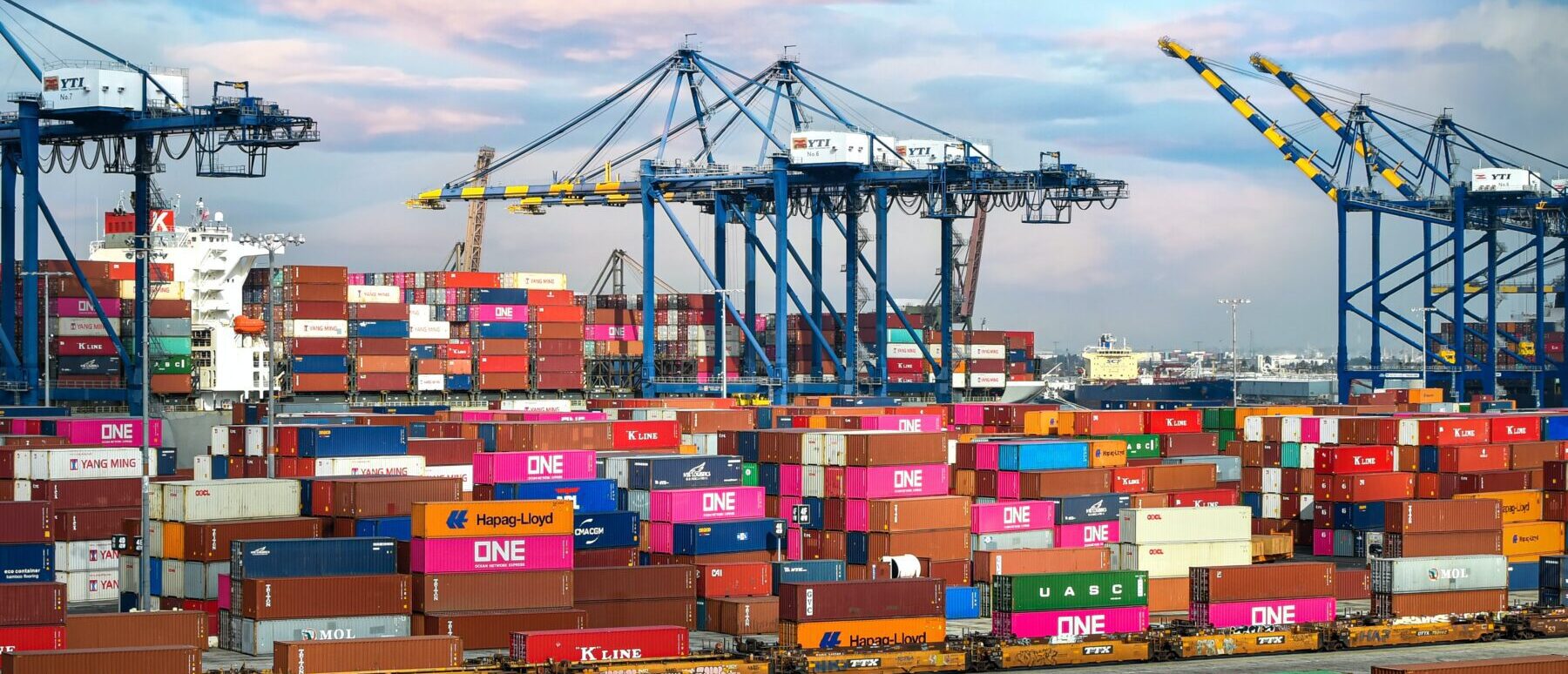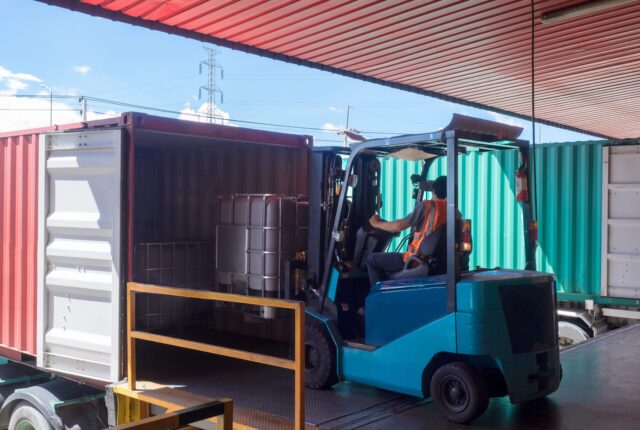

Container stuffing according to the CTU Code
Transporting goods is a complex process that requires a great deal of attention to ensure the safety of people, goods and the environment. This is why strict rules and standards have been put in place to guide logistics professionals and help them ensure safe container transport.
In March 2014, the IMO Maritime Safety Committee approved the IMO/ILO/UNECE Code of Good Practice (CTU Code).
The Code was drawn up by the International Maritime Organization (IMO) in collaboration with the International Labour Organization (ILO) and the United Nations Economic Commission for Europe (UNECE).
The purpose of this publication is to provide advice on safe packing and securing for persons in charge and/or supervising the load. A set of rules and practical measures are clearly presented to guarantee the safety of all those involved in the supply chain.
Since January 6, 2017, the Ship Safety Regulations stipulate that container loading must be carried out in accordance with the IMO/ILO/UNECE Code of Good Practice (CTU Code) for all French ports (Article 431 of the Ship Safety Regulations, RSN).
The aim of France’s Ship Safety Regulations (RSN) is to guarantee the safety of ships at sea, as well as the safety of people on board and the marine environment. It applies to all vessels flying the French flag, as well as to foreign vessels in French territorial waters.
This means that all those involved in container loading must be trained in the CTU Code, and that companies specializing in container stuffing must have the know-how and sound knowledge to guarantee the proper execution of their services.
There’s more to container stuffing than simply handling loads. It must be carried out in an appropriate manner to protect people, goods and the environment.
A piece of transport equipment will be handled/transported many times throughout the transport chain by :
- Loaders.
- Drivers of road vehicles.
- Railway workers when the machine is transported by rail.
- Vessel crews (river and/or open sea).
- Port handlers.
- Transport equipment unloaders.
It may also be inspected by the relevant authorities or by experts.
Companies specializing in container stuffing must possess solid know-how and knowledge in order to guarantee the proper execution of their services. Loading and stowage planning must include all measures to protect people and cargo during transport, taking into account (but not limited to) :
- The characteristics of the goods being transported.
- Type of packaging.
- The characteristics of the transport vehicle and its suitability for transport.
- Securing devices and their compliance.
- Transport conditions and mode(s).
- National and international regulations.
Transporting goods is a complex process that requires a great deal of attention to ensure the safety of people, goods and the environment.
What does the CTU code contain?
The CTU code comprises 13 chapters, most of which refer to one or more appendices.
The fundamental issues of safety and security throughout the logistics chain are covered: inspection, loading planning, transport, unloading, responsibilities, training, transport conditions, climatic risks, etc.
The appendices also provide essential information on securing, stowing, damage prevention, contamination risks, safe handling, fumigation and much more.
Throughout the code, its annexes and appendices, reference is made to national or regional standards for information purposes. In this way, the code provides an overview of the various standards governing the transport of goods.
Who needs to be trained in the CTU code?
The code stipulates that “all persons involved in loading transport equipment should be trained” (CTU Code 13.1.1).
It is also specified that “persons responsible for planning, supervising loading and loading personnel should receive appropriate theoretical and practical training before assuming direct responsibilitý for their tasks” (CTU Code 13.1.4).
A thorough knowledge of this code is a must for any company involved in loading transport equipment, especially containers. What’s more, additional details are provided on the loading of dangerous goods (Chapter 10).
In addition, complying with the CTU code can help reduce costs associated with damage to goods, delays and claims in the event of accidents or non-compliance with safety regulations. Professionals trained in the CTU Code are therefore more likely to be able to offer quality services to their customers, with effective risk management and reduced damage costs.
Lastly, compliance with the international standards of the CTU Code has become mandatory in many countries, including France. Transport professionals therefore need to familiarize themselves with these standards in order to comply with national and international regulations.
In short, training in the CTU Code is essential to guarantee the safety of goods and people involved in transport, to reduce the costs of damage and claims, and to avoid fines and penalties.
The CTU code is freely downloadable from the UNECE website (among others).
Related posts
How to reduce the cost of securing?
Is it possible to reduce costs while maintaining or increasing the performance o
Principles of loading and weight distribution in a container
All this damage could have been avoided if the packers/loaders had known the bas
Loading dangerous goods (IMDG)
The transport of dangerous goods is governed by the IMDG code for maritime shipm




